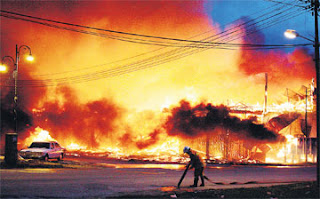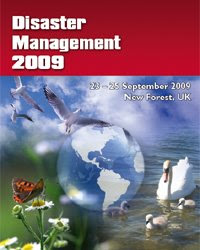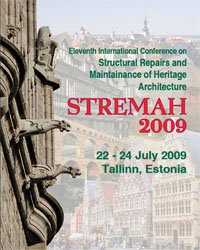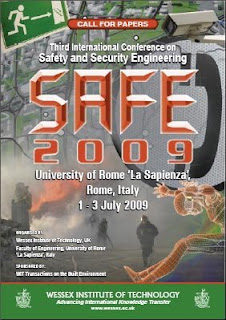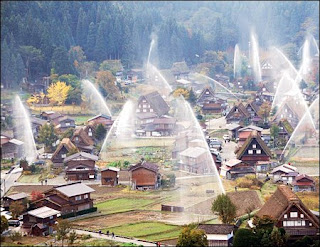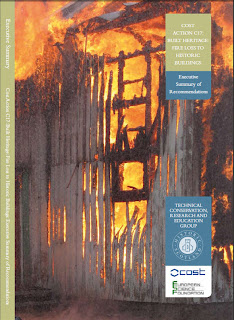FIRE DESTROYS SEVEN SHOPS AT PENANG HERITAGE SITE

Georgetown, Penang (December 11, 2008): Seven shops situated at the World Heritage Site in Lebuh Armenian here were destroyed in a fire early today, causing damage estimated at RM600,000. Penang Fire and Rescue Department deputy director Mohd Razam Taja Rahim said the department was alerted about the fire at 3.14am and the first fire engine arrived at the scene six minutes later. “By the time we arrived at the scene, four shops were already engulfed in flame and the fire had also spread to adjacent shops. “Several explosions were heard as inflammable materials from one of the shops caught fire,” he said, adding that the occupants escaped unhurt. He said 65 firemen with five engines brought the fire under control half-an-hour later. He said the fire also destroyed 50 motorcycles in one of the shops. The cause of the fire is yet to be ascertained. Bernama Source: NST Online, 11 Dec.2008 & 12 Dec.2008
